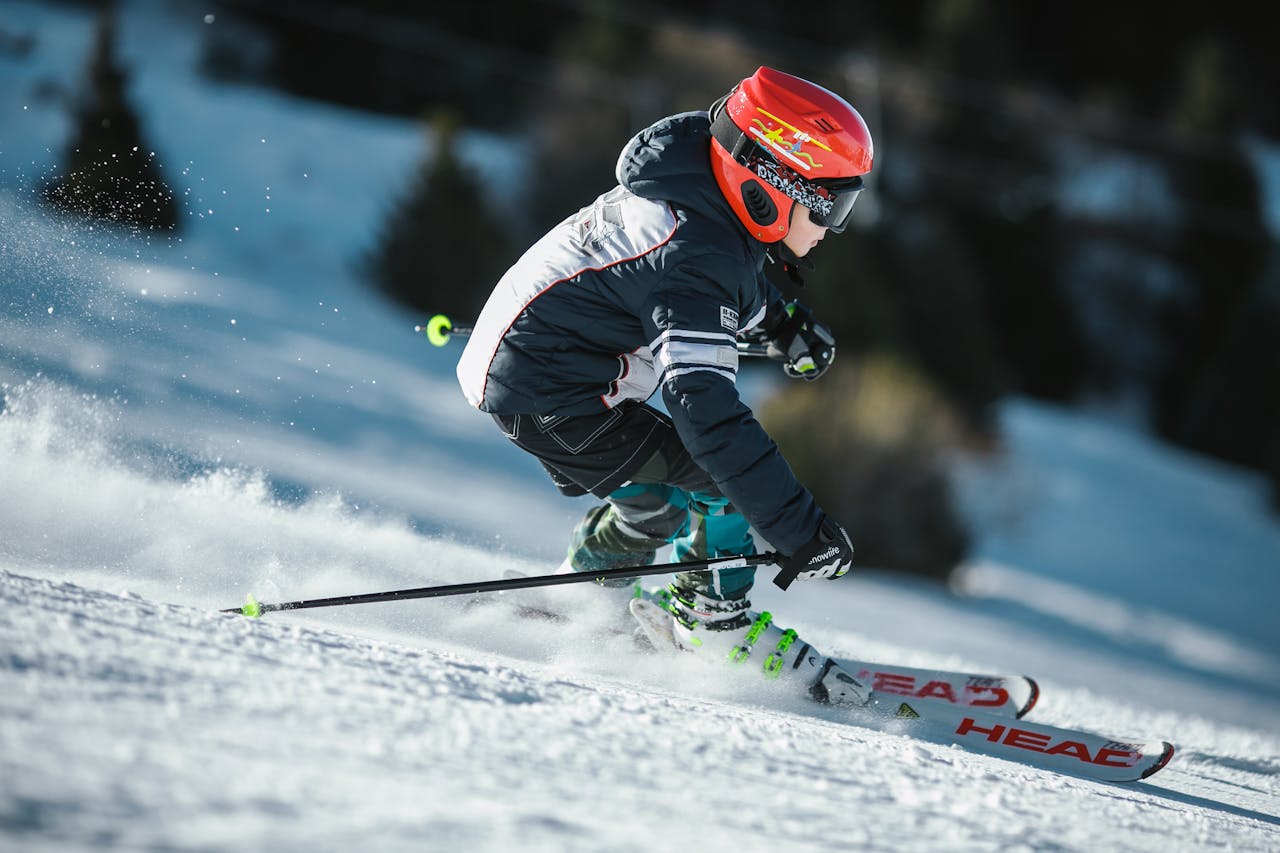Social media has transformed how ski resorts connect with their guests and market their destinations. From Instagram stories showcasing fresh powder to Facebook groups building year-round communities, social platforms offer unique opportunities to attract visitors and build lasting relationships. Research shows that 87% of skiers and snowboarders check social media before planning their trips, making these channels essential for modern ski resort marketing. This comprehensive guide will show you proven strategies for creating engaging social content, building active communities, and turning followers into loyal guests.
PR Overview
Creating Compelling Visual Content
Visual content forms the foundation of successful social media marketing for ski resorts. High-quality photos and videos that capture both dramatic action shots and serene mountain moments help potential visitors picture themselves at your resort.
Professional photography should focus on key resort features like groomed runs, terrain parks, and lodge amenities. But don’t limit content to just perfect bluebird days – showing real conditions helps build trust. Mix in authentic guest photos and videos to provide different perspectives and encourage user-generated content.
Video content performs particularly well across platforms. Short-form videos like Instagram Reels and TikToks showing powder runs, lift rides, and behind-the-scenes resort operations regularly see engagement rates 2-3x higher than static posts. Live video updates of current conditions and weather give followers real-time insights for trip planning.
Leveraging Real-Time Updates
Today’s skiers and riders want current information before heading to the slopes. According to the National Ski Areas Association, 73% of guests check resort social channels for conditions updates before visiting. Building a consistent system for real-time updates keeps followers engaged and helps drive visitation on powder days.
Morning snow reports should go out across all channels, with platform-specific formatting. Instagram Stories work well for quick stats and photos, while Facebook allows for more detailed descriptions. Video updates showing actual conditions carry more weight than simple numbers.
Beyond snow totals, share updates about grooming progress, lift operations, and special events. Use location tags and relevant hashtags to help potential visitors find your content. Time these posts strategically – early morning updates influence same-day visitors while evening recaps build excitement for the next day.
Building an Engaged Community
Successful social media marketing requires more than just pushing out content – you need to build an active community of engaged followers. Start by responding promptly to comments and messages. According to research by Sprout Social, 40% of social media users expect responses within one hour.
Create dedicated Facebook groups for different segments like season pass holders, families, or terrain park users. These spaces allow guests to connect with each other while giving you direct lines of communication. Regular polls and questions encourage participation.
User-generated content campaigns give guests opportunities to share their experiences while expanding your content library. Photo contests with resort-specific hashtags drive engagement – one major Colorado resort saw over 10,000 tagged photos in a single season through their #MyMountainMoments campaign.
Working with Influencers
Influencer partnerships have become a key part of ski resort marketing. A study by Awisee found that influencer content drives 3x more bookings than traditional advertising for ski destinations. But choosing the right partners and structuring effective campaigns requires careful planning.
Look for influencers who authentically align with your brand and target audience. Micro-influencers with 10,000-50,000 engaged followers often provide better value than mega-influencers. Focus on outdoor adventure creators, ski athletes, and travel content producers whose followers match your visitor demographics.
Structure partnerships that go beyond single posts. Season-long collaborations with regular resort visits lead to more natural, engaging content. Provide unique experiences and behind-the-scenes access that influencers can share with their audiences. Track results through custom booking codes and tagged links.
While organic reach remains important, paid social media advertising allows you to precisely target potential visitors and drive direct bookings. Facebook and Instagram’s advanced targeting options let you focus on users based on location, interests, and previous travel behavior.
Create separate campaigns for different segments – families, advanced skiers, destination visitors, etc. Use compelling visuals and clear calls-to-action. According to Facebook advertising data, carousel ads showing multiple resort features see 72% higher conversion rates than single-image ads.
Retargeting campaigns keep your resort top-of-mind for users who’ve visited your website or engaged with your content. Adjust messaging and offers based on their previous interactions. One major resort saw a 3x return on ad spend through strategic retargeting.
Measuring Success and Optimizing Strategy
Regular analysis of social media metrics helps refine your strategy and demonstrate ROI. Track both engagement metrics like likes, comments, and shares as well as conversion metrics like click-throughs and bookings.
Platform-specific analytics tools provide insights into which content resonates with different audience segments. Use this data to inform your content calendar and posting schedule. A/B test different approaches to continually improve performance.
Beyond pure numbers, monitor sentiment and feedback in comments and messages. This qualitative data often reveals opportunities to improve both your social media presence and overall guest experience.
Conclusion
Social media marketing presents tremendous opportunities for ski resorts to attract visitors and build lasting relationships with guests. Success requires a strategic approach combining compelling visual content, real-time updates, community engagement, and targeted advertising.
Start by auditing your current social presence and identifying gaps in content or engagement. Build a consistent posting schedule focused on your key audience segments. Invest in quality visual assets while also encouraging user-generated content. Most importantly, stay active in your community by responding to engagement and adapting your strategy based on results.
The most successful ski resort social media programs treat these channels as extensions of their on-mountain hospitality. By providing value through current conditions, insider tips, and engaging content, you’ll build an engaged following that translates to real-world visits.
Gaming’s Role in Fitness and Wellness Marketing
The collision of gaming culture and wellness marketing has created something remarkable: a new...
Personal Branding for Fitness Trainers That Attracts Clients
The fitness and wellness industry has never been more crowded—or more competitive. As a trainer...
A Guide to Managing PR for Controversial Game Themes
Video game content that pushes boundaries can spark intense public debate, putting PR teams in the...




